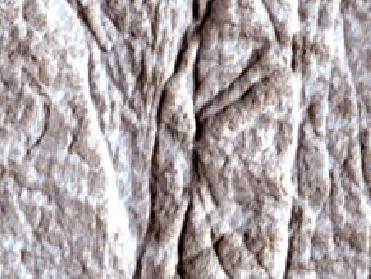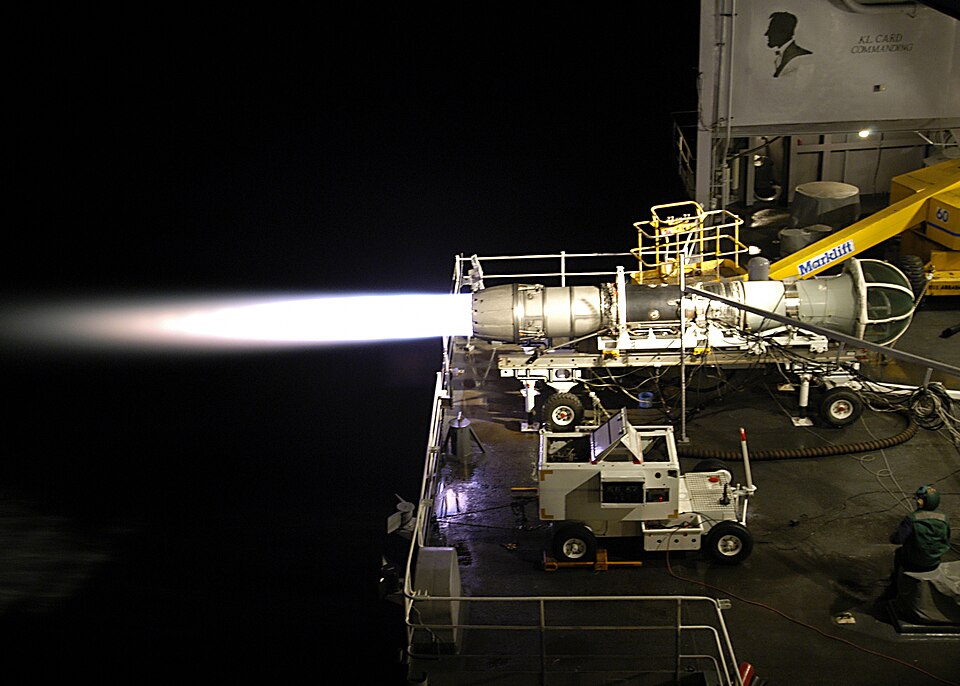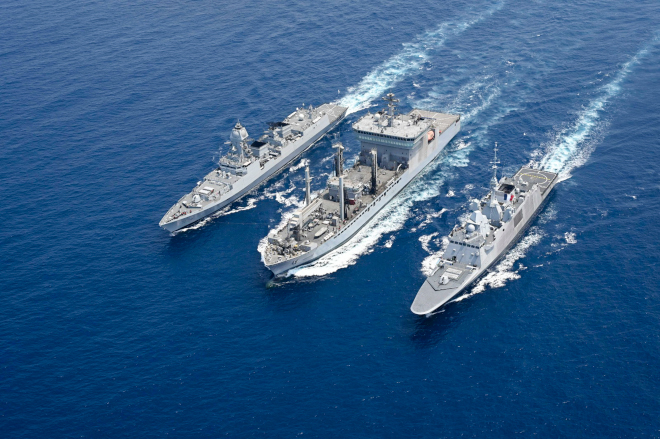
WASHINGTON, DC (BNS): Groundwater once flowed extensively on the surface of Mars, recent images of small fractures that once directed the water flow were caught by NASA’s Mars Reconnaissance Orbiter.
The Orbiter has exposed hundreds of small fractures on the Martian surface that billions of years ago are believed to have directed flows of water through the underground Martian sandstone.
According to NASA, visible effects of water on the colour and texture of rock along the fractures provide evidence that groundwater flowed extensively along the fractures.
Researchers used images from the spacecraft's High Resolution Imaging Science Experiment, or HiRISE, camera to unravel the facts. The images of layered rock deposits at equatorial Martian sites show the clusters of fractures to be a type called deformation bands, caused by stress below the surface in granular or porous bedrock.
Chris Okubo of the US Geological Survey in Flagstaff, Arizona, said that groundwater often flows along fractures such as these, and knowing that these are deformation bands helps us understand how the underground plumbing may have worked within these layered deposits.
Visible effects of water on the colour and texture of rock along the fractures provide evidence that groundwater flowed extensively along the fractures, NASA said.
In a report published online in the September 2008 issue of the Geological Society of America Bulletin, Okubo and co-authors stated that these structures are important sites for future exploration and investigations into the geological history of water and water-related processes on Mars.
According to Okubo, “Deformation band clusters in Utah sandstones, as on Mars, are a few yards wide and up to a few miles long. They form from either compression or stretching of underground layers, and can be precursors to faults. The ones visible at the surface have become exposed as overlying layers erode away. Deformation bands and faults can strongly influence the movement of groundwater on Earth and appear to have been similarly important on Mars.”
Suzanne Smrekar, deputy project scientist for the Mars Reconnaissance Orbiter at NASA's Jet Propulsion Laboratory in Pasadena, California said that this study provides a picture of not just surface water erosion but true groundwater effects widely distributed over the planet. “Ground water movement has important implications for how the temperature and chemistry of the crust have changed over time, which in turn affects the potential for habitats for past life,” Suzanne Smrekar said.
The recent study focuses on layered deposits in Mars' Capen crater named after late Charles Capen, who studied Mars and other objects as an astronomer at JPL's Table Mountain Observatory. The study is focused approximately 43 miles in diameter and 7 degrees north of the equator. This became notable due to the discovery of deformation bands within it.
 Previous Article
Previous Article Next Article
Next Article












The Indian Air Force, in its flight trials evaluation report submitted before the Defence Ministry l..
view articleAn insight into the Medium Multi-Role Combat Aircraft competition...
view articleSky enthusiasts can now spot the International Space Station (ISS) commanded by Indian-American astr..
view article